Discover 6 hidden attractions, cool sights, and unusual things to do in Prineville (United States). Don't miss out on these must-see attractions: A. R. Bowman Memorial Museum, Old First National Bank of Prineville, and Crook County Bank Building. Also, be sure to include City of Prineville Railway in your itinerary.
Below, you can find the list of the most amazing places you should visit in Prineville (Oregon).
Table of Contents
A. R. Bowman Memorial Museum
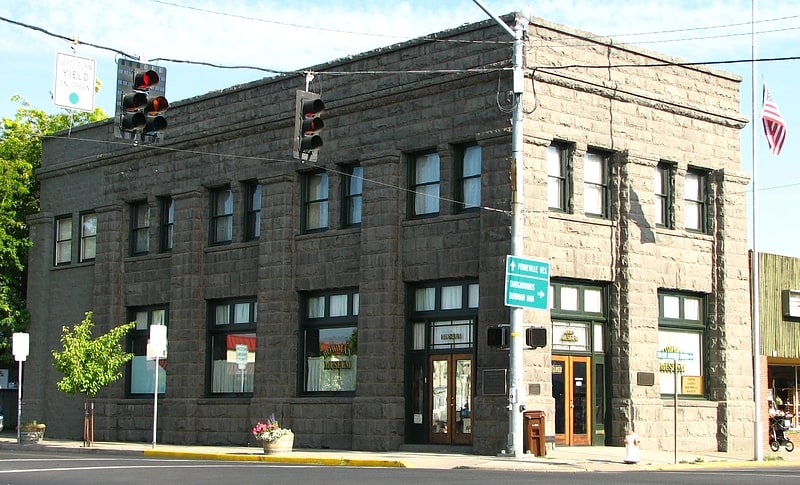
Museum. The A. R. Bowman Memorial Museum is a local history museum in Prineville, Oregon, United States. Opened in 1971, the museum is housed in the old Crook County Bank Building which is listed on the National Register of Historic Places. The museum is run by the Crook County Historical Society and highlights the history of Crook County and central Oregon. Its collection includes many original pioneer artifacts, a large railroad exhibit, ranching and timber industry displays, furniture, garments, and historic photographs. The museum also has a research library.[1]
Address: 246 N Main St, 97754-1852 Prineville
Old First National Bank of Prineville
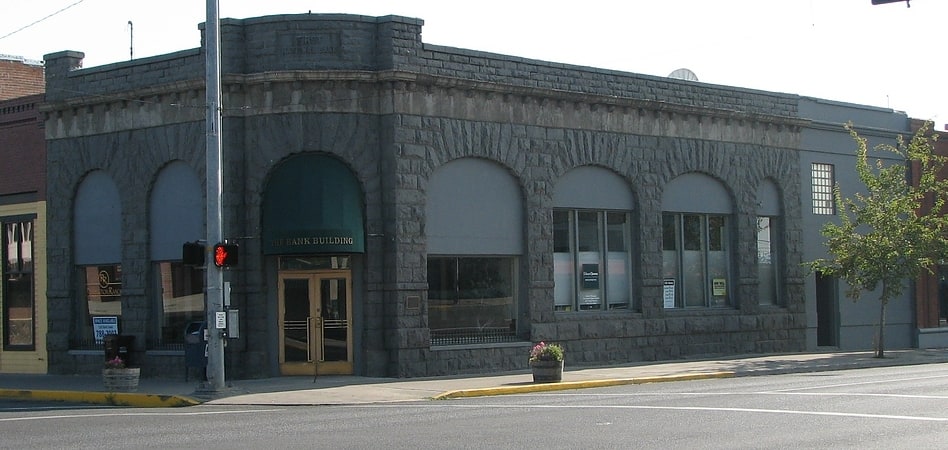
Building in Prineville, Oregon. The Old First National Bank of Prineville is a historic commercial building in Prineville, Oregon, United States.[2]
Crook County Bank Building
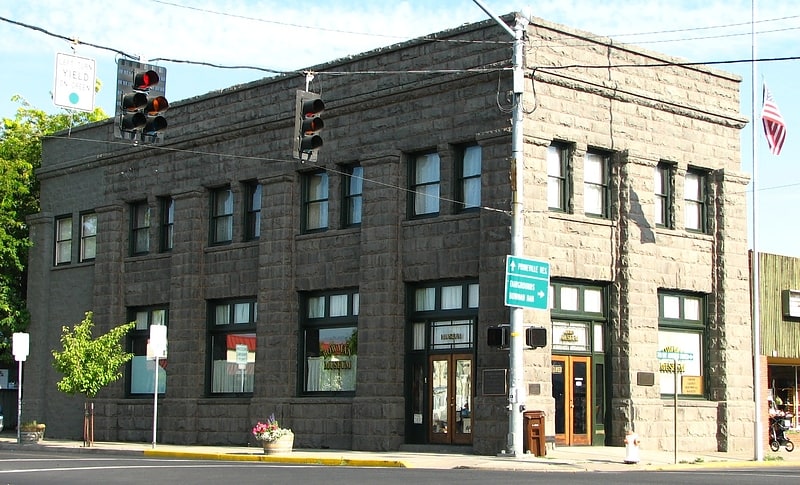
Museum in Prineville, Oregon. The Crook County Bank is a historic bank building in Prineville, Oregon, United States. It was built in 1910 using stone blocks from a local quarry. The building was first use as a bank and then occupied by title and insurance business until 1971, when ownership was transferred to Crook County for use as a local history museum. Today, the Crook County Bank building is the home of the A. R. Bowman Memorial Museum. Because of its importance to the history of Prineville, the Crook County Bank Building is listed on the National Register of Historic Places.[3]
City of Prineville Railway

The City of Prineville Railway is an 18-mile class III shortline railroad connecting the U.S. cities of Prineville and Redmond, Oregon. Trains can connect with the BNSF and UPRR at Prineville Jct. 3 miles north of Redmond, Oregon.[4]
Thomas M. Baldwin House
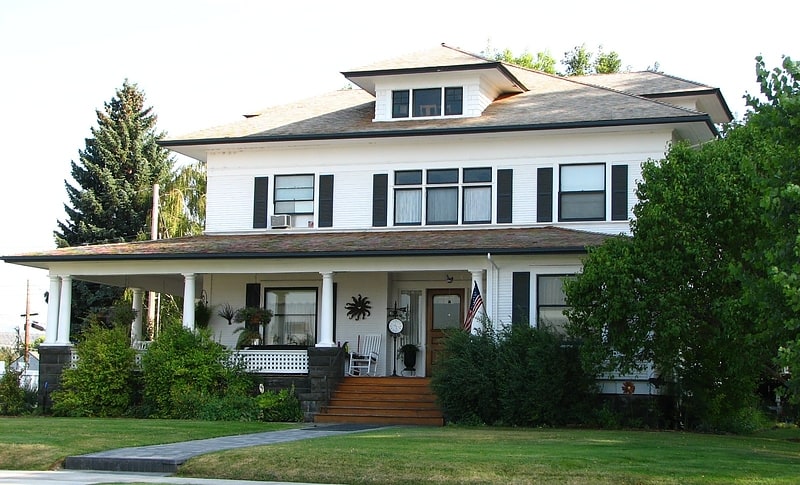
The Thomas M. Baldwin House is a historic house located in Prineville, Oregon, United States. It is noted for its association with Baldwin, as well as for its architectural values.
Thomas M. Baldwin (1854–1919) was one of the most prominent bankers in Prineville during the first decades of the 20th century, a period during which Crook County and Central Oregon prospered. By 1917 he rose to be president of the First National Bank, the oldest bank in the region. Baldwin had this impressive Colonial Revival house built in 1907, and lived in it through the height of his career. The house, designed by the firm of prominent Portland architect John V. Bennes, is the best designed and finished house of its style in Prineville.
The house was listed on the National Register of Historic Places in 1987.[5]
Marion Reed Elliott House
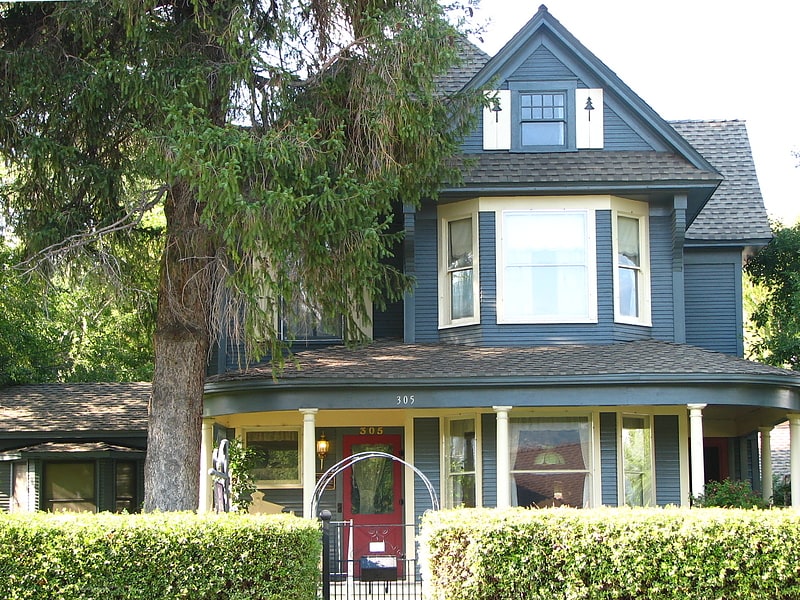
Historical place in Prineville, Oregon. The Marion Reed Elliott House is a historic house in Prineville, Oregon, United States. Built in 1908, it is the largest and best-preserved Queen Anne style house in Prineville. It is also significant as one of a handful of surviving structures that were built by prominent local contractor Jack Shipp. Marion Elliott, an educator and successful attorney, lived in the house from its construction until his death. Both men's careers benefited from the economic boom that occurred in Prineville in the first decades after railroads began reaching Central Oregon around 1900, the period when the Elliott House was built.
The house was added to the National Register of Historic Places in 1989.[6]